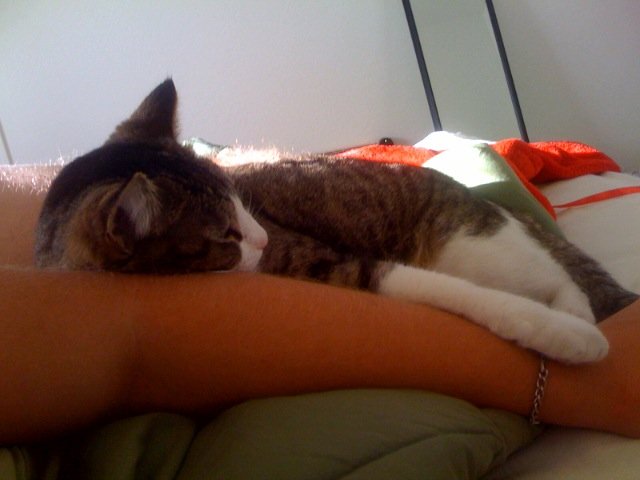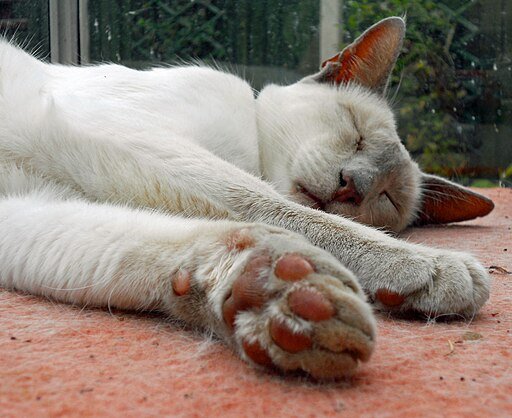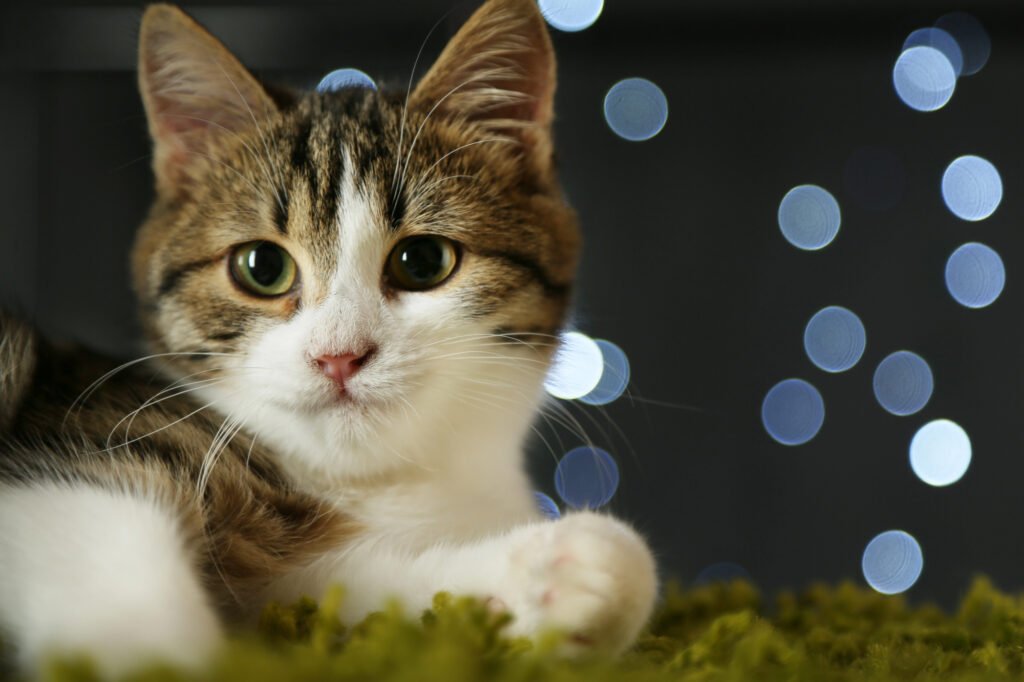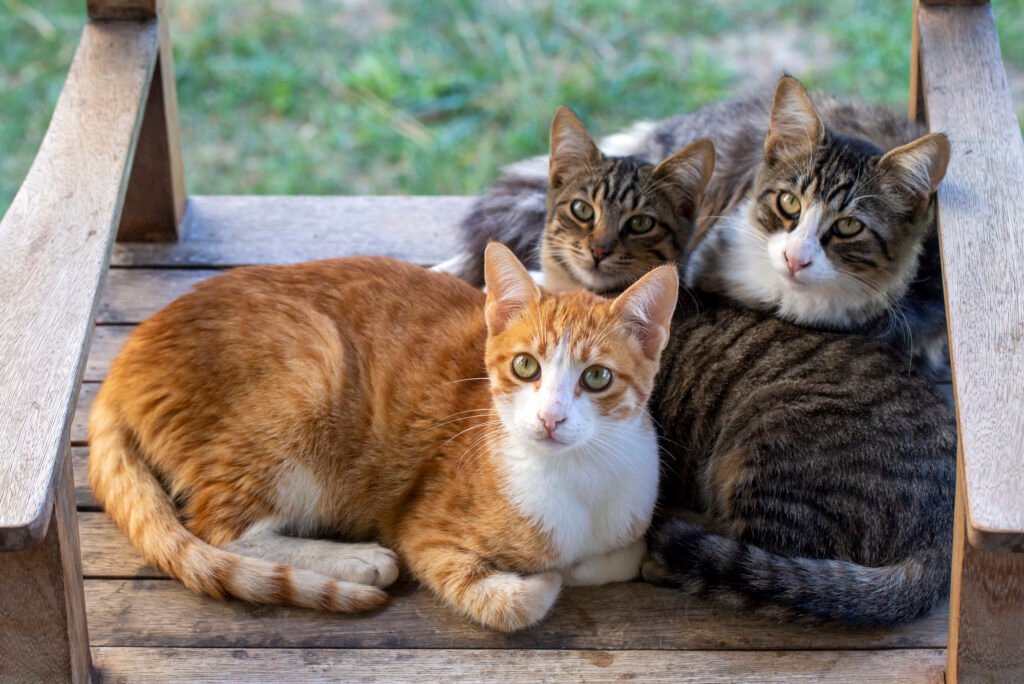Cats have been companions to humans for thousands of years, providing warmth, comfort, and companionship. Yet, despite their widespread presence in our lives, the extent to which cats understand human emotions remains a mystery to many. With the rise of scientific interest in animal cognition, researchers have begun to unravel the ways in which cats may interpret our emotional states.
The Science Behind Cat-Human Interaction

Studies into animal behavior have ramped up in recent years, offering insights into how cats perceive and react to human emotions. By observing feline responses to human facial expressions, vocal tones, and body language, scientists seek to decode the signals that cats use to navigate their relationships with humans.
Facial Recognition: Cats and Human Expressions

One key area of interest is whether cats can recognize human facial expressions. While dogs are famously adept at reading facial cues, cats, too, seem to possess an ability to differentiate between different human emotions. Research suggests that cats can discern subtle differences in our faces, particularly when they are expressions of happiness or anger.
Vocal Cues: The Impact of Tone and Volume

Much like facial expressions, the tone and volume of our voices can convey a wide array of emotions. Cats are known to be attentive listeners, and studies indicate that they can distinguish between angry, happy, and neutral tones. This auditory perception helps cats assess situations and determine their response, whether it is to engage, retreat, or simply ignore.
The Role of Body Language in Emotional Interpretation

Humans unknowingly communicate a lot through body language, and cats are highly attuned to these signals. Movements, posture, and even the way we approach them can inform a cat about our emotional state. By observing these cues, cats can gauge whether we are stressed, relaxed, or in a playful mood, shaping their interaction accordingly.
Pheromones: The Hidden Chemical Signals

Beyond visible and audible cues, cats may also respond to pheromones, chemical signals that can convey emotional states subconsciously. While humans are less reliant on pheromonal communication, cats may detect and react to these subtle cues, which can deepen their understanding of human emotions.
Attachment and Bonding: Emotional Connections

Cats form attachments to their human families, albeit differently than dogs do. This bond can drive their interest in interpreting our emotions. Securely attached cats may show more interest and empathy towards their human emotions, drawing closer when they sense distress and sharing in their owner’s joy.
Empathy or Conditioning: The Debate

While some researchers argue that cats exhibit empathetic behaviors by reacting to human emotions, others suggest that these behaviors are a result of conditioning. Cats may learn to associate specific human behaviors and emotions with outcomes like feeding, petting, or play, influencing their responses.
Implications for Cat Owners

For cat owners, understanding how cats interpret emotions can enhance the human-feline relationship significantly. By being mindful of facial expressions, vocal cues, and body language, owners can communicate more effectively with their furry companions, potentially reducing stress and misunderstandings.
The Future of Research in Feline Emotional Intelligence

As interest in animal cognition continues to grow, future research will likely provide deeper insights into how cats understand and react to human emotions. This could involve advanced studies incorporating neural imaging and genetic analysis, leading to a better appreciation of the cognitive abilities of our feline friends.
Conclusion: Bridging the Emotional Gap

While cats may not express their feelings as openly as dogs, they possess remarkable abilities to read human emotions. By recognizing the signs of how cats interpret human emotions, we can foster deeper connections, ensuring our relationships with these enigmatic creatures are as harmonious and fulfilling as possible.






